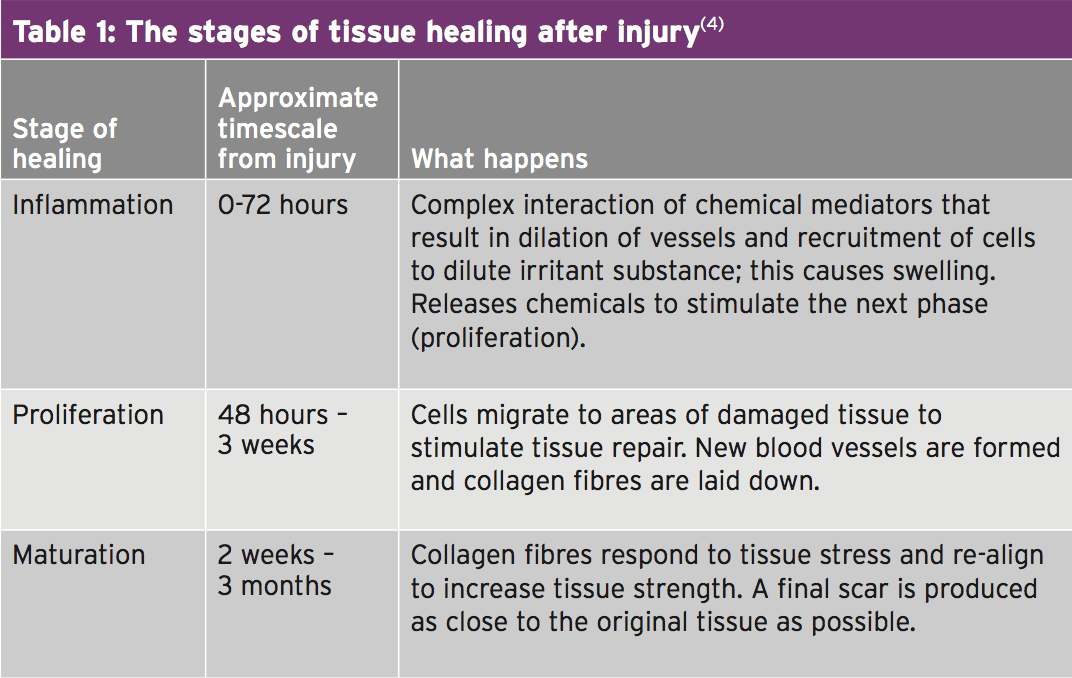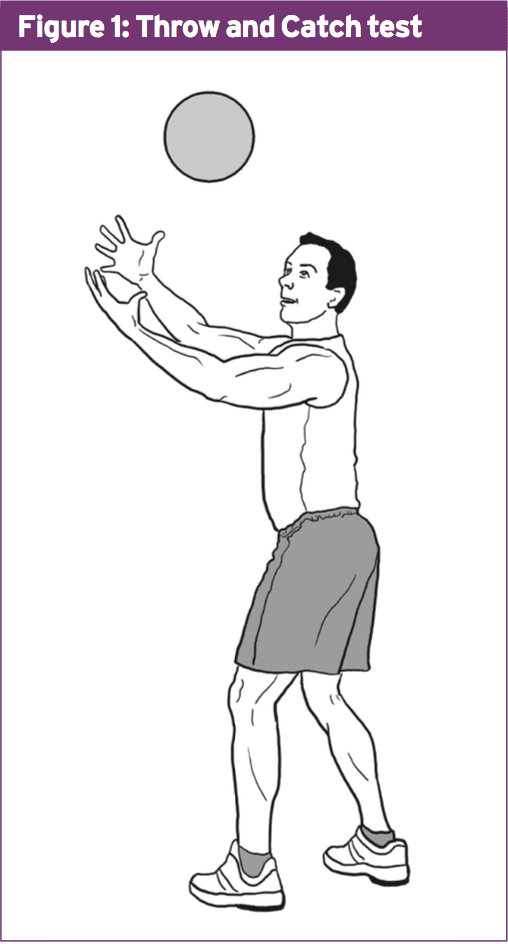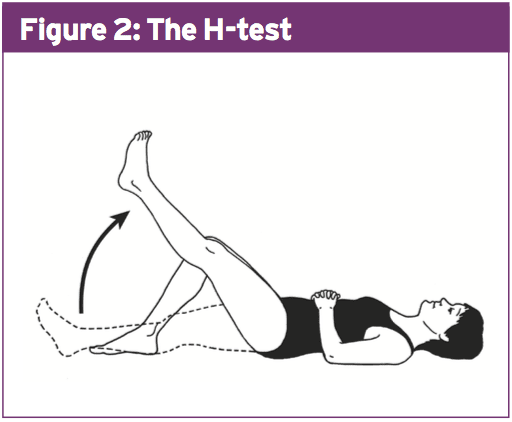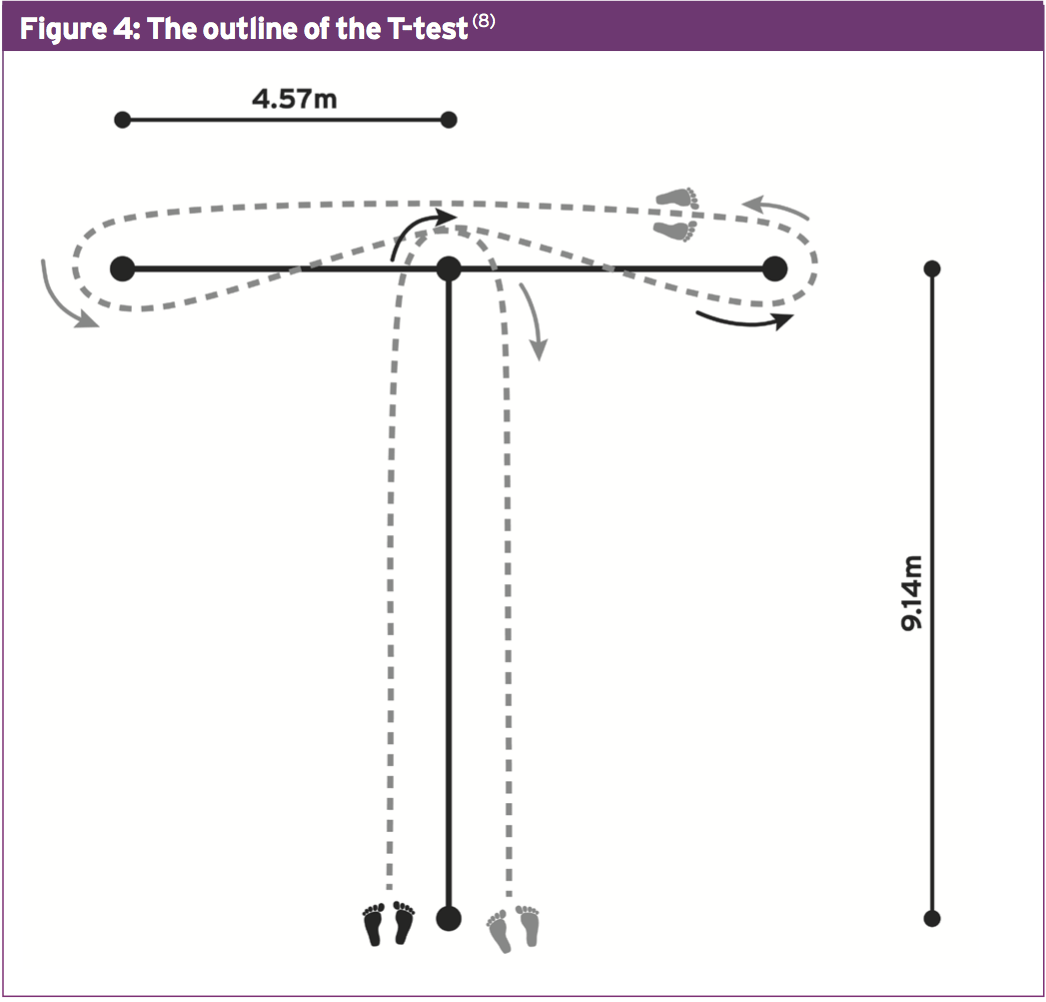Injury scientist, Dr. Alexander Jimenez explores the science behind injury rehabilitation and readiness for returning to the game...
When Are You Able To Return?
When to return to sport following an injury is no specific science and there are misconceptions. The mechanism of the amount of damage, injury and the type of sport the athlete is returning to are to be considered. It's projected that 12-34% of hamstring injuries(1) and 3-49 percent of anterior cruciate ligament injuries(2) re-occur as a consequence of premature return to athletics. Athletes severely underestimate the opportunity to come back to sports performance and level is often reduced during the return. This is sometimes because the athlete is not physically or emotionally ready. By way of instance, when a group of runners and dancers were asked to estimate when they would be back at their unique sports post-injury, the runners answered an average of four weeks and the dancers. The real average return was 16 weeks for the runners and 50 weeks to the dancers(3).But it's not an easy task for the physiotherapist either. There's a lack of knowledge in when to ascertain the athlete ready for game. A point Nonetheless is initially formed by the physiological aspect of injury healing, even if tissues should theoretically be "treated" it does not prove it is able to withstand normal or aggressive sports activity. The decision process is enhanced by using clinical tests and a measure of muscle strength, stability, balance, neuromuscular control and function are required. Each athlete should progress through a program of rehabilitation tests and sports-specific drills prior to attending training sessions that are normal. Maintenance programs should be performed after return to ensure complete condition is reached and that the athlete could withstand the aggressive demands week after week.
The Science Behind Recovery- Soft Tissue Healing
Trauma and injury will always trigger an inflammatory response to the area that is wounded. This is essential for recovery and is the natural means of coping with the stress of the body. The injured tissues will go through three main stages; the length of which varies depending on the type of cells and how severe the injury is. The phases are summarized in Table 1.Tests For Injury Readiness
There are lots of tests which could be used following injuries. Here we present a few tests that are fast and simple to run and require special set-up or no equipment.Throw & catch -- with weights of balls
The "H-test" -- for all hamstring injuries and/or sports that involve running
Hopping -- for all knee and ankle injuries and sports involving jumping
The sequence consists of:
- Single hop for space;
- Six- meter timed hop;
- Triple hop for distance;
- Crossover hops for distance (7).
Running drills
A progressive program that was running should be trialled and just with development deter- mining readiness for game. The drills should be improved as detailed below (8). If any stage creates concern the athlete rest for 24-48 hours, should cease and then go back to the stage prior to the one they found difficult.Walking/jogging
200m, walks. Increase jog. Increase jog. Increase jog to 3kmRunning
Gradually raise speed during the 3km run for 100m at one time (ie increase pace for 100m, and then run the next 100m at normal pace and repeat).Sprints
Accelerate for 20m, reduce pace and decelerate for 30m. Repeat this drill up to 10 times.Gradually increase the pace until sprinting at 100% capacity, working at effort, attempt that is 90%, 70 percent attempt, 80% attempt.
Multi-directional runs
Run in broad figure-of-eight shapes, repeating up to five times. Then repeat with greater pace although again.Repeat in tighter, smaller figures- of-eight.
Agility drills
The ability to quickly change direction and body position while keeping the body is recorded by specific agility exercises. This is in a competitive environment is when injury occurs and a vital part of sports play. Agility drills consist of tasks such as:- Runs in zig-zags at roughly 45-degree angles then repeat with speed.
- Changing the angles of cut with sharper turns, to 90 degrees.
- Combining running in squares with forward, backwards and sideways running. Boost stride length and speed with each rep.
The T-test
Side-hop test
The Side-hop test consists of jumping over two lines which are put on one foot laterally from side-to-side. The amount of jumps achieved within 30 seconds is recorded. This can be compared to the uninjured leg. The Side-hop evaluation has a greater capacity to determine side-to-side deficits in comparison to other jump tests (8).Importance Of Ongoing Rehab
Even once the athlete has returned to training and competitive play, the incorporation of an on-going maintenance program is essential to ensure they remain rehabilitated and can cope with the demands of the activity. Having been away from the training schedule for a while will allow de-conditioning to happen. The maintenance program should consist of exercises for the area exercises and core stability. This should be completed once after return to game.Summary
- Athletes have misconceptions about when they think they'll be able to return to sport following injury.
- This decision process can be enhanced by the use of a assortment of tests and provides a pathway that is graduated for the athlete to progress through.
- Testing should involve specific injury assessments such as the Throw and Catch test for shoulders, the H-test for hamstrings, and the series of four jumps for ankles and knees. All tests should be compared to the side.
- Running drills and agility drills like the T-test and the Side-hop evaluation should be used to evaluate performance outcomes.
- The athlete during their rehabilitation and their status' psychological wellbeing should be monitored throughout. Reduced knowledge, expectations and assurance can affect recovery speed.
1.Arthrosc. 2011 Dec;27(12):1697-1705.
2. Sports Med. 2004;34(10):681-695.
3. Br J Sports Med. 2006 June;40:40-44.
4. The Phys Sport Med. 2000 Mar;28(3):1-8.
5. Clinical Sports Medicine. 2006, Revised Third Edition; Australia: McGraw-Hill.
6. Knee Surg Sports Traumatol Arthrosc. 2010 Dec; 18(12):1798-1803.
7. Phys Ther. 2007 Mar;87(3):337-349.
8. Knee Surg Sports Traumatol Arthrosc. 2006 14:778-788.
9. Psych App to Sports Inj Reh. Aspen Press 1997.
10.NZ J Physiother. 2003 31;60-66.
11. J Sport Reh. 2012 (21);18-25.
12. J Athletic Train. 2013 48(4);512-521.










